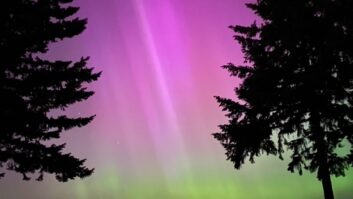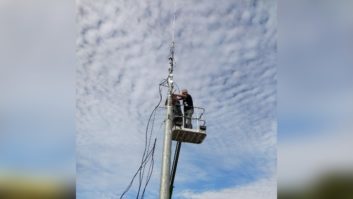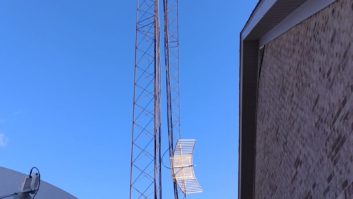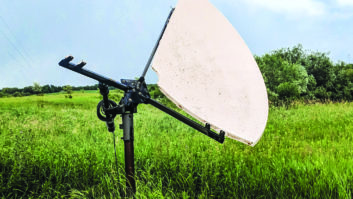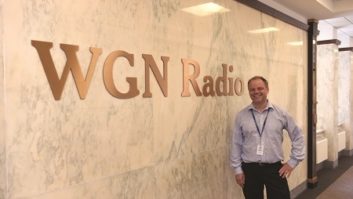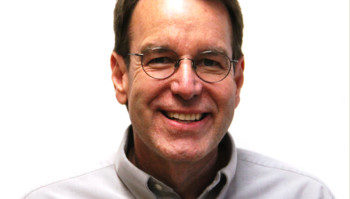If you are going to describe propagation for SBE certification questions (RWEE, April 15), at least do it correctly. Your description on page 6 for the power question states: “During the daylight hours the ionosphere layer of the earth’s atmosphere is ionized by the sun and medium-wave signals pass through into outer space. At night, without solar heating, the atmosphere ‘hardens up’…”
Quite the opposite occurs: During the daytime the D layer thickens and absorbs LF radio waves so they can’t reach the E and F layers to be reflected. At night without the presence of as many solar particles (not so much heat), the D layer thins or goes away altogether to allow the low-frequency waves to reach the E and F layers to be reflected.
I realize the question was about FCC rules, but nonetheless, if we are helping future CEs learn, let’s not feed them misinformation.
Paul A. Litwinovich
Director of Engineering
WSHU(AM/FM), WSUF(FM)
Fairfield, Conn.
Technical Editor Michael LeClair replies: Your description of ionospheric reflection is much better than ours so we are reprinting it in full.
